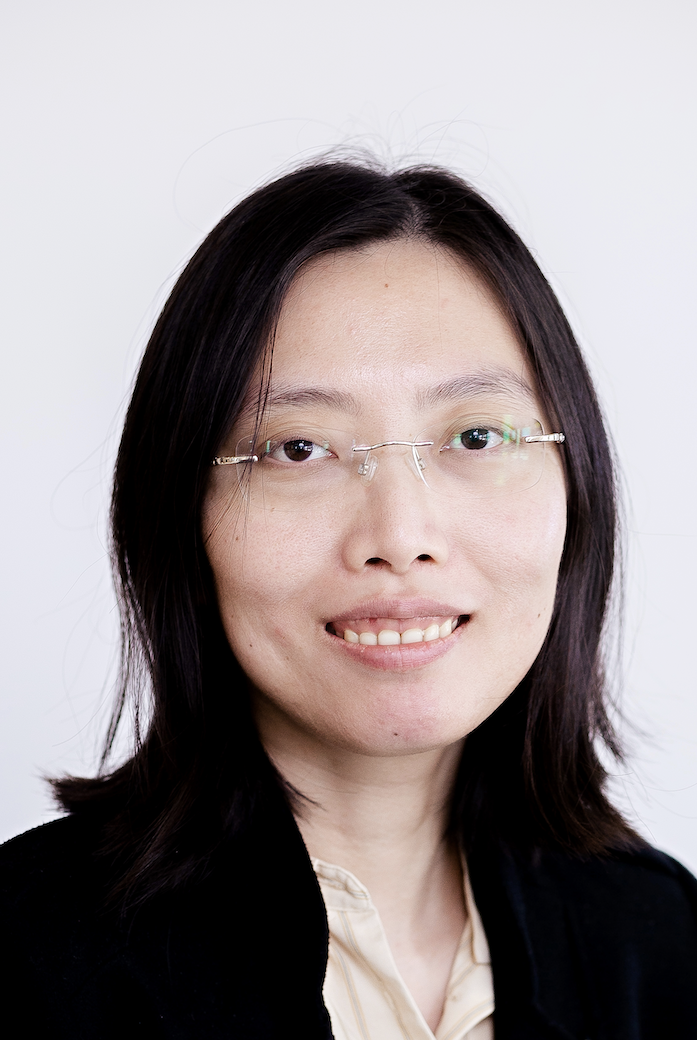Enabling better breast cancer imaging
Researchers from CSIRO’s Australian e-Health Research Centre (AEHRC), Queensland University of Technology (based at the Translational Research Institute) and Metro South Health are working together to improve screening methods for breast cancer.
Over 20 000 Australians are diagnosed with breast cancer each year. Early detection of abnormalities via breast screening can enable better treatment options and improve survival rates.
Mammography is an effective and widely used screening method for breast cancer. But the method is not always accurate, particularly in those with dense breast tissue – something which over half of all women have.
Dense breast tissue and breast cancer look similar on a mammogram: both appear white, which makes detecting abnormalities more difficult.
As well as complicating cancer detection, dense breast tissue is a risk factor for breast cancer.
Researchers from the three organisations came together to develop a screening method that enables effective imaging of dense breast tissue. The project is funded by a grant jointly awarded by the Translational Research Institute (TRI) and AEHRC.
Alternatives to mammography
Women with dense breast tissue can benefit from additional screening using other methodologies such as magnetic resonance imaging (MRI) and ultrasound.
MRI enables mapping of breast tissue in three dimensions and the identification of abnormalities. However, the cost of MRI means it is not feasible to use for routine screenings.
The researchers set out to develop a low-cost, mobile technology with the same capabilities as MRI.
Their solution was to use a portable nuclear magnetic resonance (NMR) machine.
Professor Rik Thompson (based at TRI) says the technology shows promise as a method to deliver accurate, safe and low-cost quantitative assessment of mammographic density.
AEHRC researchers apply their skills
Jason Dowling and Hollie Min of AEHRC’s medical image analysis research team are contributing their expertise to the project.
They are validating that the signals from the portable imaging technology can accurately identify different tissue types.
Jason and Hollie have also been involved in generating 3D reconstructions (maps) of the acquired signals and converting these into common medical imaging formats. This enables the researchers to compare the new device with established MRI and CT scans.

Jason Dowling, leader of AEHRC’s Medical Image Analysis team.

Hollie Min, research scientist with AEHRC’s Medical Image Analysis team.
What’s next?
The innovative use of NMR machines for breast cancer screening has inspired further research into potential uses for the technology.
According to Professor Thompson, it could be applied to other medical conditions.
“The approaches developed in this project have the potential to pave the way for low-cost portable NMR instrumentation to be used for a broad range of quantitative medical imaging,” he says.
Professor Thompson also sees the benefits of the technology for rural and remote locations, for both primary care and low-cost routine screening.
Based on this article published by TRI.
The Australian e-Health Research Centre (AEHRC) is CSIRO's digital health research program and a joint venture between CSIRO and the Queensland Government. The AEHRC works with state and federal health agencies, clinical research groups and health businesses around Australia.
